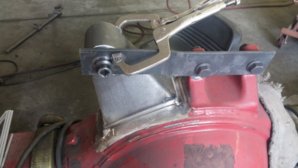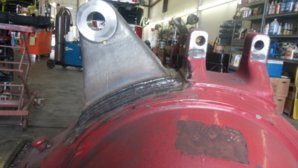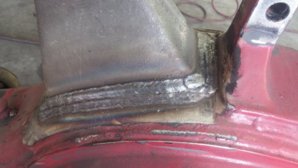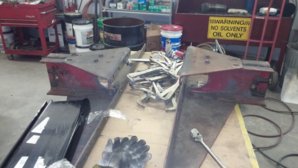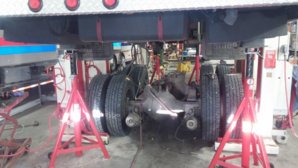holy cow...so for the ones who have really neat tig welds...that's impressive i guess since you feed the wire. now what is purpose of TIG welding? hotter better stonger? obviously neater lol
It was first developed and is still widely used for welding alloys other than low carbon steel such as chromoly, aluminum, manganese, titanium, copper, stainless.
Gtaw's original purpose was to create weldments on aluminum structures for the military aircraft industry for ww2. This enabled the aircraft to be lighter and stronger than of the others using conventional construction practices of the time.
Today GTAW is commonly used for many varying uses. The advantage of TIG over MIG welding on low carbon steels is far greater user control of all aspects of the weld pool, including puddle size, welding current, deposition rate, puddle depth, etc. Another advantage of tig over mig welding is that the tig
Weld has far greater arc force than mig welding, as well the weld pool is much less affected by the force of gravity when working out of position.
Strength is the same between tig and mig welding as both commonly use the er70s2 or er70s6 alloys, both having a 70k lb tensile strength.
This only applies to accurately and correctly executed welds free of defects and other fusion related discontinuities.
This is definitely the condensed answer.








 :
:

